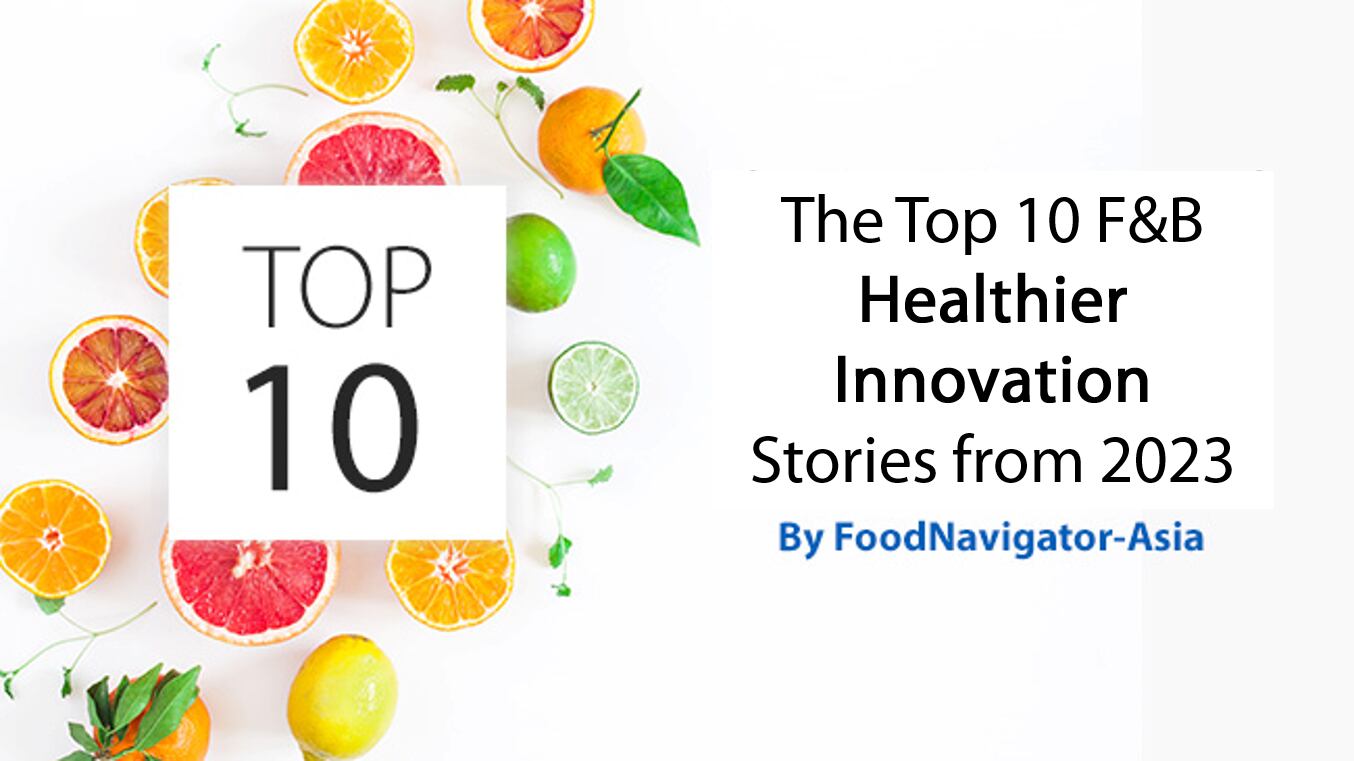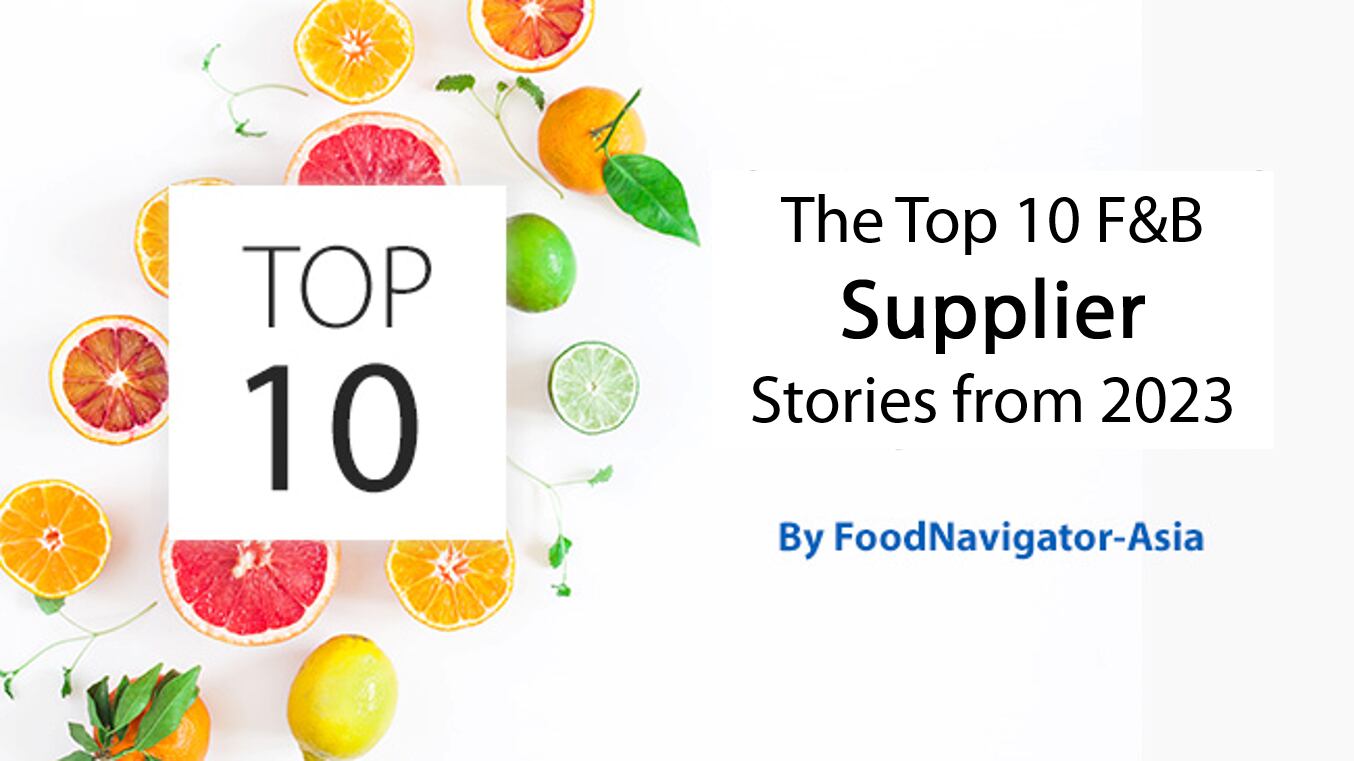Coffee will further tap on RTD to grow in China and the rest of Asia
The idea of coffee being an emerging market may be foreign to most urban consumers as well as those from western markets, but in many Asian markets it is just that.
According to industry heavyweight Nestle, for whom the coffee category is being led by the Nescafe brand, many markets in this region have yet to gain appreciation for coffee beyond the major urban centres, leaving a good deal more room for growth.
“I would say in terms of emerging markets for coffee, China is the main one that comes to mind for sure,” Nestle Head of Coffee Strategic Business Unit Philipp Navratil told FoodNavigator-Asia.
“China is so big that it’s probably one of the largest opportunities out there in terms of population and current local coffee drinking habits today.
“So if we look at Shanghai, the average consumption is around 200 to 220 cups per person per year – and then outside Shanghai, it's less than 10, which means there’s a very low average in terms of China and so there’s a huge, huge opportunity to grow there.”
Even for the rest of Asia, although many markets such as Japan and Vietnam already have their own local coffee drinking cultures, Navratil believes there is a lot more that can still be done here.
“Interestingly enough, although in places like Indonesia, Thailand, Philippines, Vietnam, Japan and so on there is already a fair amount of coffee drinking already ongoing, there is still room to grow,” he added.
“We see this growth happening in terms of bringing coffee to more different moments of the day, and meeting more different needs of the consumers - So it's very much considered a growth region for us in APAC.”
In terms of specific growth strategies, RTD has been tapped as one of the most plausible formats to drive growth particularly in markets where convenience is key.
“In terms of ready-to-drink coffee, we’ve really found that it’s really been an Asian business for us, it’s worked well in China and Thailand and Indonesia and Vietnam and so on -in fact, we’ve never really been able to establish RTD coffee in such a big way in the other regions,” he said.
“One of the reasons it has really taken off here has been through the rise of convenience stores, and many coffee consumers here are purchasing on-the-go so they go to these convenience stores and go for this convenient RTD format.
“So we do see really good growth going forward, and indeed we are investing into that - we just built a new factory in Java, Indonesia that is well-located as to produce good RTD products you need to produce and source locally because otherwise it's just not a good business, so we were building this up in Asia now.”
Japanese whiskey on the up and up internationally
The whiskey industry is largely dominated by brands of western origin, such as the United States’ Jack Daniels, Scotland’s Johnnie Walker and Ireland’s Jameson – but concerted efforts by both industry and government in Asian markets such as Japan could see this change significantly in the coming year.
The Japanese whiskey category only saw differentiating standards defined by the government established in 2021, and in just over two years the category has seen a significant rise in recognition around the world – but the industry believes that there is still much more room for growth available, particularly the FUJI whiskey brand owned by Japanese alcohol heavyweight Kirin.
“The FUJI brand and our Gotemba distillery, where we make our whiskey using Japanese craftmanship with water from the world-renowned Mount Fuji, are still not as well-known as they could be,” Kirin’s FUJI Brand Ambassador Yusuke Suzuki told us.
“Japanese whiskey has been around for a long time – 2023 marked its hundredth anniversary – but [now] we are going to focus on making these products well-known internationally.
“We already export to various international markets including China, Singapore, the United States, France, and Australia, but there is much more significant scope for Japanese whiskey growth, not only in expanding these existing markets but also in more US and EU markets.”
Kirin’s Japanese whiskey exports have grown significantly over the past few years with sales volumes growing some 20-fold in its overseas markets, a development that the firm believes symbolises even better tidings ahead for the Japanese whiskey sector.
“Kirin will focus on the whiskey category as a business to support the firm over the next decade, with an ambition to make FUJI an ambassador for the Japanese whiskey category internationally,” he added.
“Whiskey has also been selected by the Japanese government as a key priority export item.”
This level commitment, in addition to a partnership between Kirin and Pernod Ricard announced in 2023 to initiation FUJI whiskey distribution across 13 markets in Europe, strongly bodes well for growth of the Japanese whiskey category ahead in 2024.
Organic foods in India gaining traction with local demand and government support
Organic foods as a whole sector may not be an entirely new category in India, with some brands going back decades – but recently the industry has seem something of a resurgence amidst rising demand for healthier foods in the country, benefitting off its strong associatioin with being cleaner and healthier.
“One very major trend in the Indian food industry currently is the move from simply a focus on taste to taking health into consideration as well,” organic grains specialist firm Yellowfield Organic Managing Director Garvit Patodia told us.
“For the past 30 years or so, Indian consumers ate food to satisfy their taste buds, but now there is more interest in satisfying the body, so we are moving from a focus on the tongue to the stomach and the body itself.
“This translates into a move towards healthier and more mindful eating, this is also apparent in terms of staple foods like grains where consumers want high vitamin content and not just fat and protein content – so it can also be said that the trend is moving from the macro nutrients to the micro, and importantly these need to be clean and free of harmful chemicals.”
India’s food safety agency Food Safety and Standards Authority India (FSSAI) introduced the local Jaivik Bharat organic certification logo in 2017 in hopes of helping consumers identify ‘real’ organic foods – but till this day a strong sense of mistrust still exists in the market given the high rates of food adulteration in the country.
FSSAI also issued a mandate this year ordering all local food testing laboratories in the country to equip themselves with organic testing capabilities and undergo proficiency testing – this is an attempt to increase India’s organic exports, but will undoubtedly benefit the organic food industry as a whole.
“[The success of] organic products in India depends on reliable testing to ensure the authenticity of these products,” FSSAI Quality Assurance Advisor Dr Satyen Kumar Panda had said.
With FSSAI’s total list of certified local food testing laboratories number well over 200, having organic certification capabilities added to all of these facilities bodes well for both the reputation and growth of the domestic organic foods industry in 2024.





